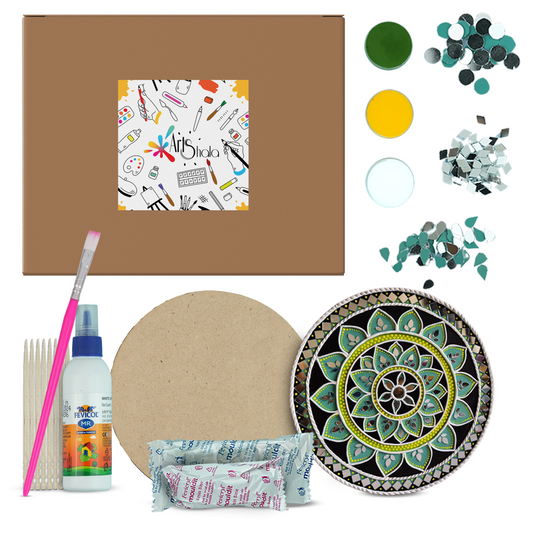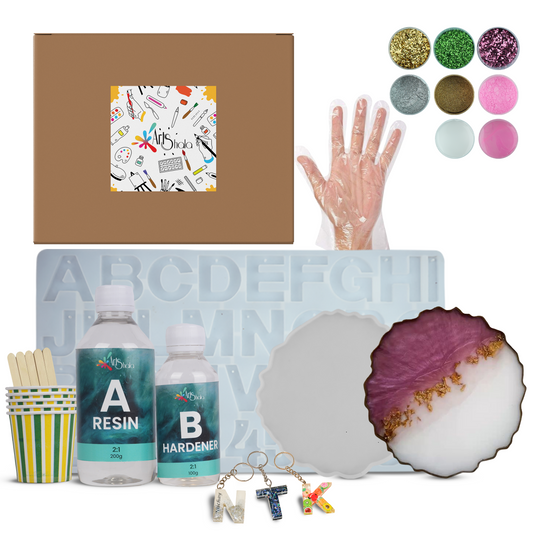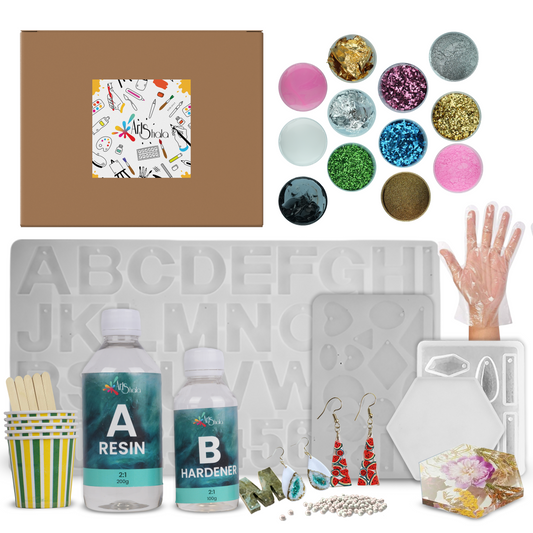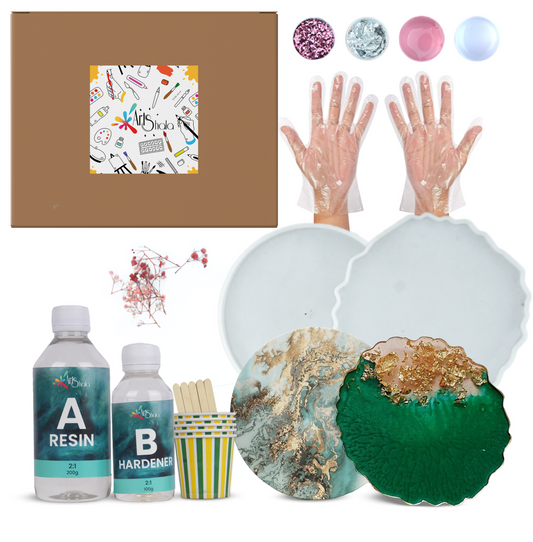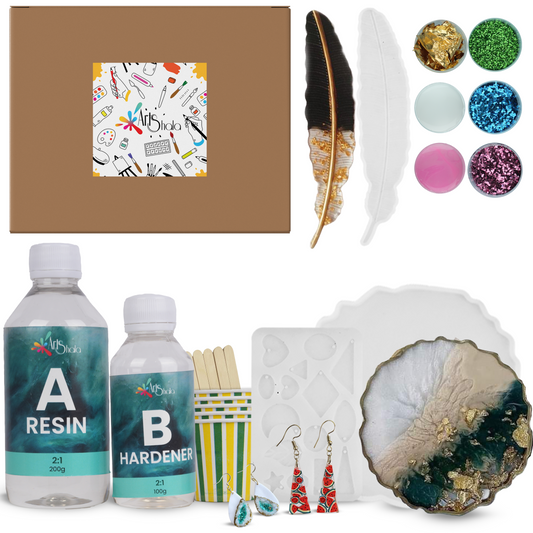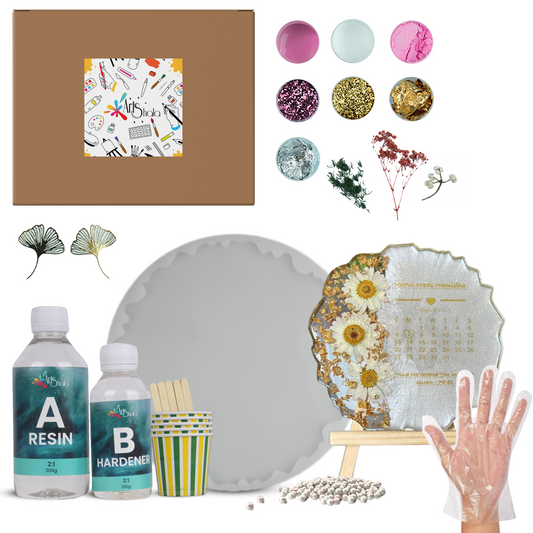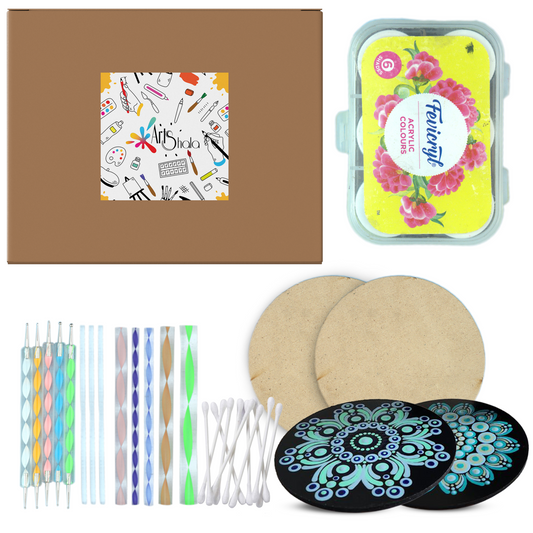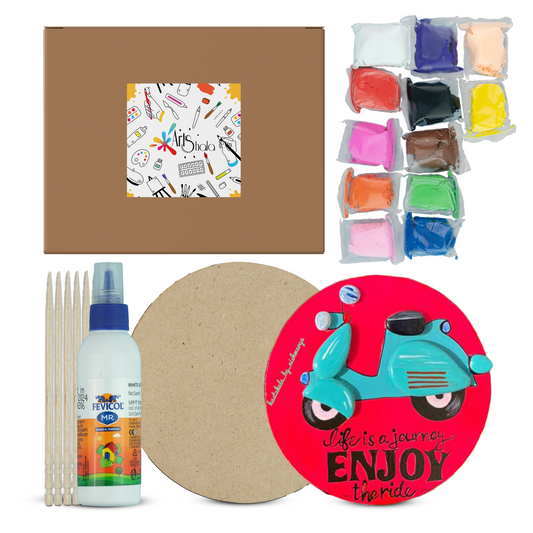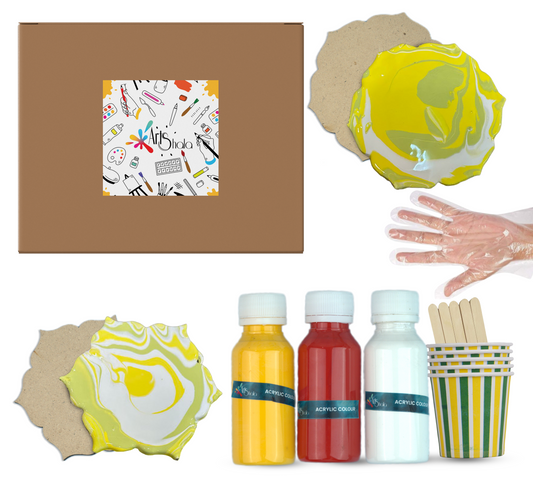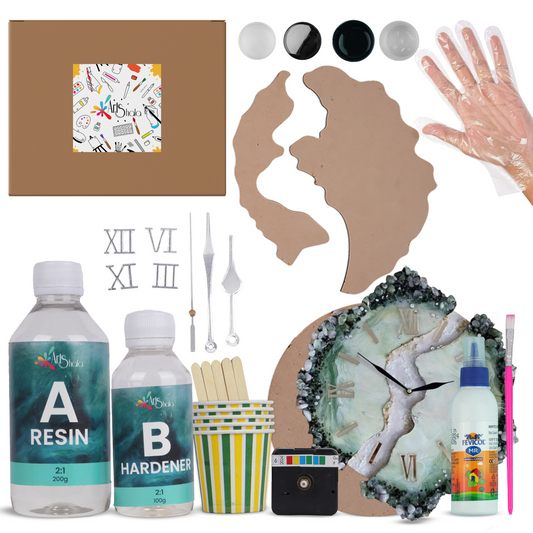Can You Use Acrylic Paint on a Canvas Without a Primer?
Using acrylic paint on canvas without a primer generates considerable debate among artists. While some believe it’s perfectly acceptable to paint directly onto the canvas, others strongly advocate priming the surface first. This blog will explore the extent of using acrylic paint on unprimed canvas, the benefits of priming, and the various methods and materials available for preparing your canvas. To learn more about such techniques, enrol in an acrylic painting workshop.
Understanding Canvas and Acrylic Paint
Canvas is a popular surface for artists. It is typically made from cotton or linen and provides a sturdy base for painting. Acrylic paint is water-based and known for its versatility, quick drying time, and vibrant colours. However, the interaction between the canvas and the paint can significantly affect the outcome of the artwork.
What is the Role of Priming?
Priming a canvas involves applying a preparatory layer to create a barrier between the canvas and the paint. This process is crucial for several reasons:
-
Absorbency Control: Canvas is absorbent; without a primer, it can soak up a significant amount of paint. This can lead to a dull formation and require the artist to use more paint to achieve the desired vibrancy and opacity. Priming helps to seal the canvas, reducing absorbency and allowing the paint to sit on the surface more effectively.
-
Surface Texture: Priming creates a smoother surface, which can enhance paint application. A well-primed canvas allows for better brush strokes and reduces the risk of the paint sinking into the fabric, which can flatten the texture and detail of the artwork.
-
Longevity: Priming protects the canvas from potential degradation over time. Acrylic paint can cause the canvas to deteriorate if applied directly, as the moisture in the paint may lead to mould or rotting of the fabric. By priming the canvas, artists can ensure their work lasts longer and maintains its integrity.
Can You Paint on Unprimed Canvas?
While many artists recommend priming, it is technically possible to paint on unprimed canvas. Some artists, including famous figures like Jackson Pollock, have used unprimed canvas to achieve unique textures and effects. When painting on unprimed canvas, the following considerations should be kept in mind:
-
Texture and Absorption: The paint will absorb more into the fabric, creating a different texture and appearance. This may be desirable for certain styles of painting, particularly abstract work, where the layering of paint is essential.
-
Initial Layers: The first layers of paint may flatten into the fabric, affecting the visibility of brush strokes. If an artist desires a more textured look, they may succeed with an unprimed canvas, but it may take additional layers to build the desired effect.
-
Experimentation: Many artists suggest trying primed and unprimed surfaces to see which method produces the desired results. This experimentation can better understand how different surfaces interact with acrylic paint and can help develop a personal style.
When Might You Consider Skipping Primer?
There are a few rare instances where you might intentionally choose not to prime a canvas:
-
Textured Effect: If you aim for a highly textured look, allowing the paint to interact directly with the canvas fibres can create exciting effects.
-
Experimental Purposes: Explore the unpredictable results of an unprimed canvas for artistic experimentation.
-
Time Constraints: You might skip the primer in a pinch, but be aware of the potential drawbacks.
Recommended Priming Materials
For those who choose to prime their canvas, several materials are commonly used:
-
Gesso: It is the most popular choice for priming. It is a mixture of chalk, gypsum, pigment, and binder that creates a flexible, absorbent surface suitable for acrylics. It can be applied in one or more layers, with drying time between applications, to create a smooth, even base.
-
Acrylic Paint: Some artists use a layer of white acrylic paint, such as Titanium White, as a primer. This method can provide a smooth surface with a slight texture, allowing for good paint adhesion.
-
Texture Mediums: For artists looking to add dimension, texture mediums can be used as a primer. They can be applied with a palette knife or brush and create interesting surface effects that enhance the final painting.
Alternatives to Traditional Primer
If you want to experiment with different textures or effects, consider these alternatives:
-
Acrylic Mediums: Products like gel medium or modelling paste can create a base layer with varying textures.
-
Coloured Grounds: Applying a thin layer of diluted acrylic paint to the canvas can create a coloured base without the opacity of gesso.
-
Mixed Media Approaches: Incorporating other materials like collage elements or fabric can add texture and interest.
How to Prime Your Canvas?
If you decide to prime your canvas, here’s a simple step-by-step guide:
-
Gather Materials: You will need gesso (or your chosen primer), a brush or palette knife, and a clean workspace.
-
Apply the Primer: Using a brush or palette knife, apply a thin layer of gesso to the canvas. Ensure even coverage and avoid thick spots that may take longer to dry.
-
Drying Time: Allow it to dry completely. Depending on the thickness of the layer and environmental conditions, this may take anywhere from a few hours to overnight.
-
Sand (Optional): For an ultra-smooth finish, lightly sand the dried gesso with fine-grit sandpaper before applying additional layers or painting.
-
Repeat: If desired, apply additional layers of gesso, allowing layers to dry completely before adding the next.
Conclusion
In summary, while it is possible to use acrylic paint on unprimed canvas, priming offers significant benefits that can sweeten the quality and longevity of your artwork. Priming helps control absorbency, improves surface texture, and protects the canvas, ultimately leading to a more professional finish. Artists are encouraged to experiment with primed and unprimed surfaces to discover their preferences and develop their unique artistic style. Whether you choose to prime or not, understanding the senses of your choice will help you create the best possible artwork. Contact Us to learn more about this art form or visit Arts Shala’s website.



